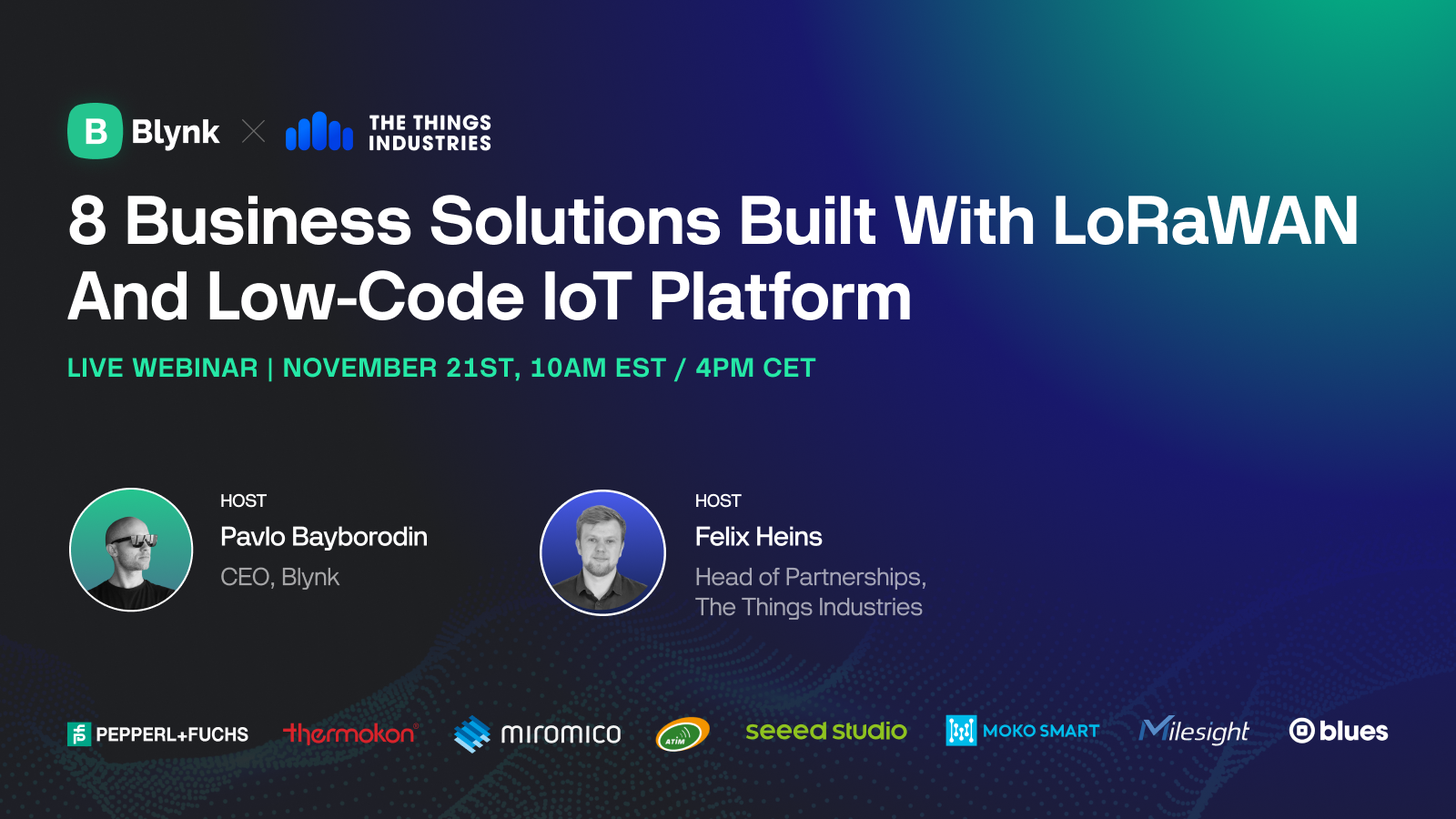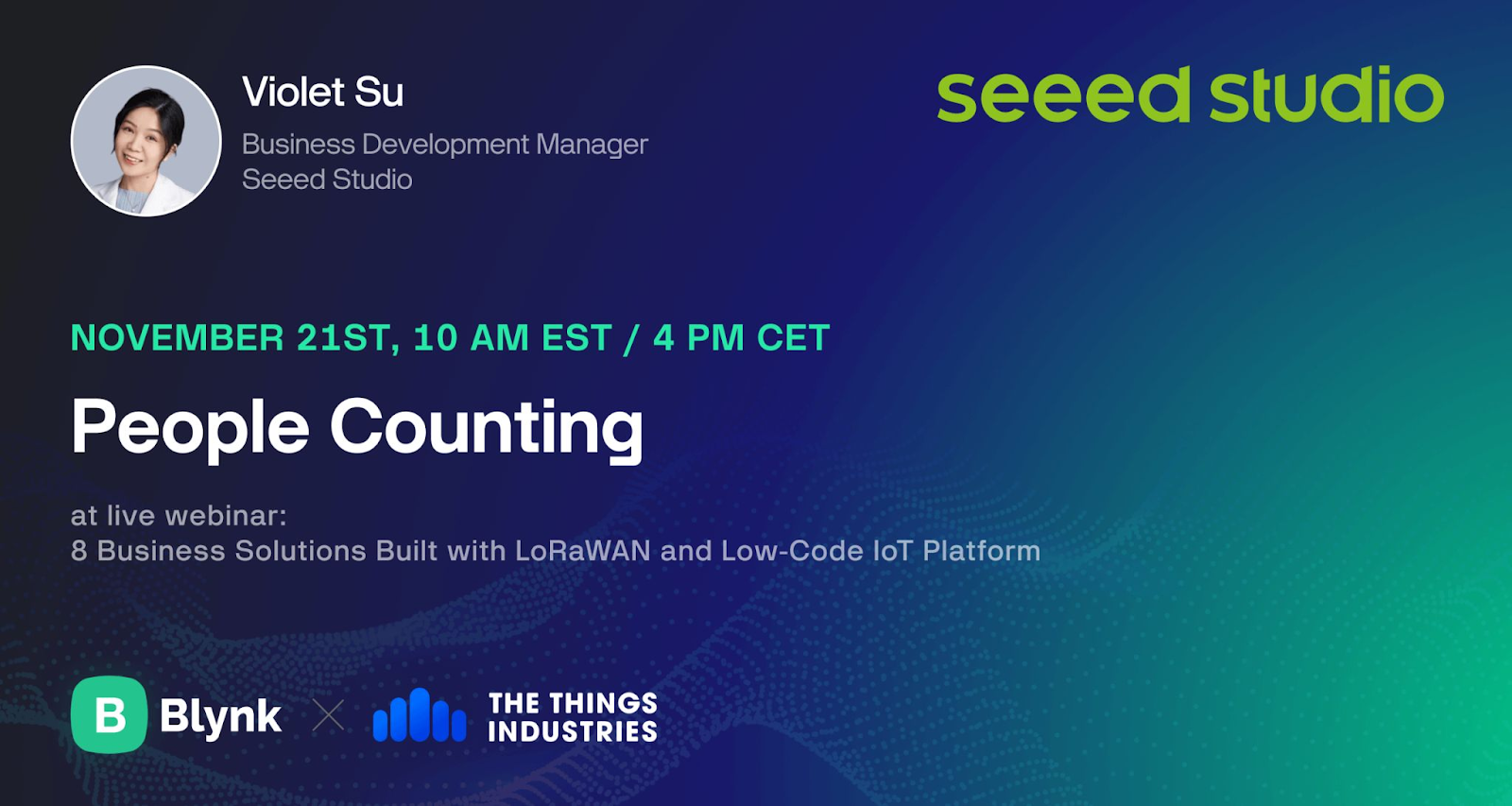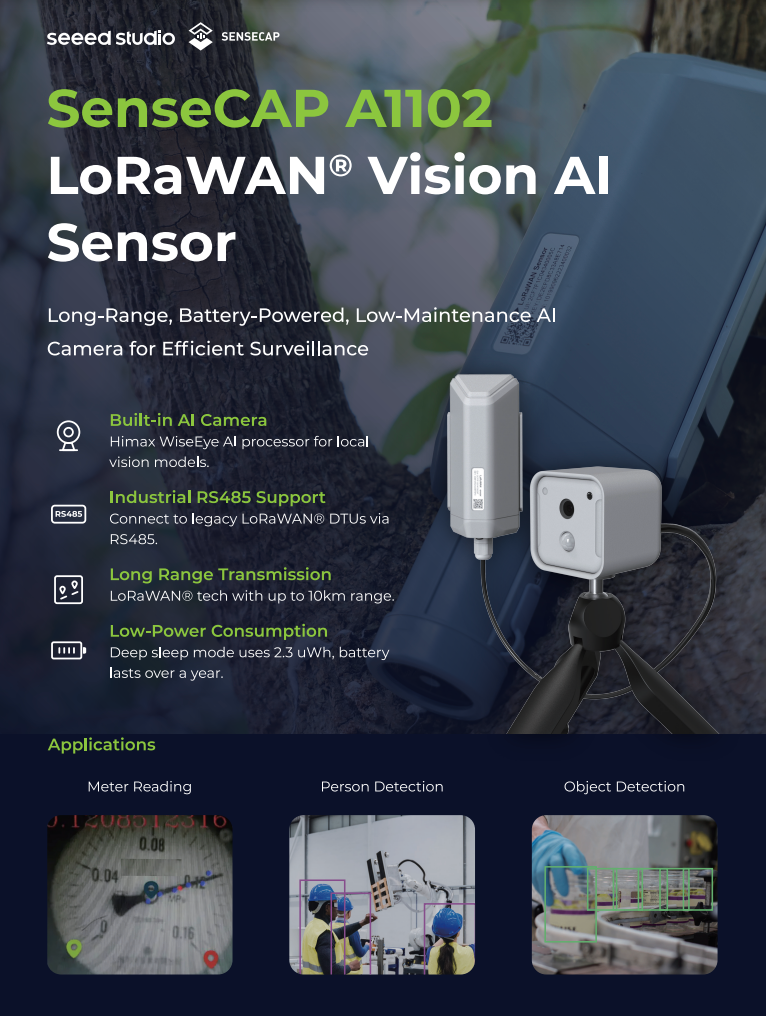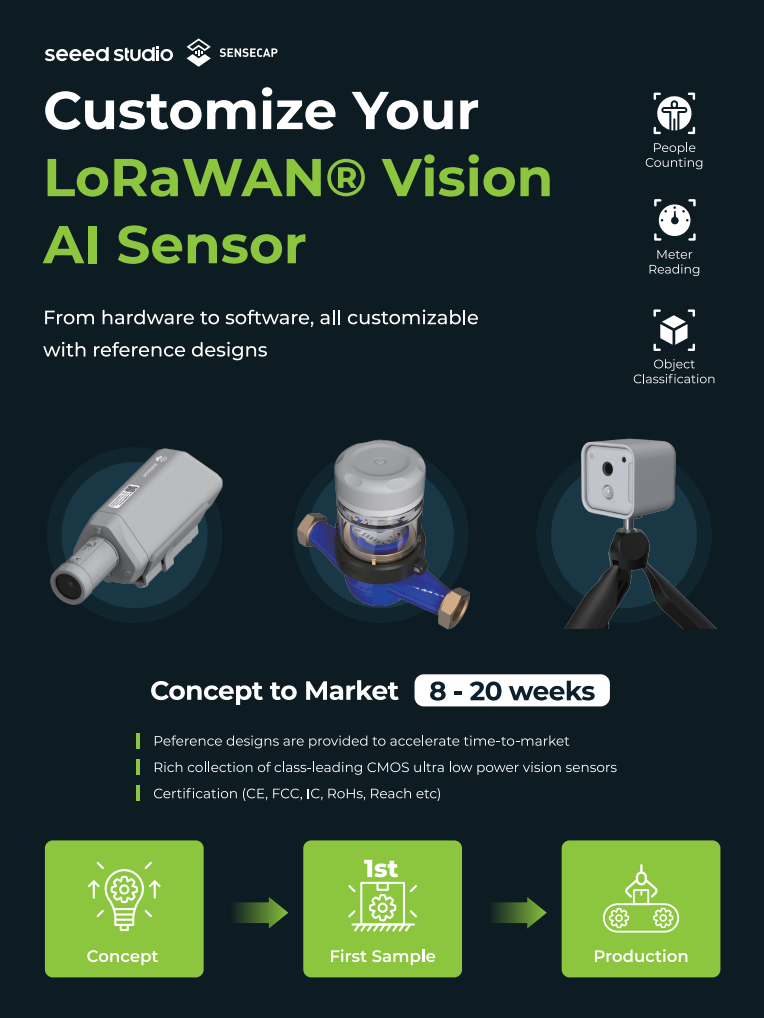Reading view
AMD Versal Premium Gen2 SoC FPGA family features Arm Cortex-A72/R5F cores, high-end FPGA fabric, PCIe Gen6, CXL 3.1 interfaces
AMD Versal Premium Series Gen 2 SoC FPGA combines dual-core Cortex-A72 and dual-core Cortex-R5F processors with high-end FPGA fabric with up to 3.2 million logic cells and CXL 3.1 (Compute Express Link), PCIe Gen6, and DDR5/LPDDR5X high-bandwidth interfaces for data center, communication equipment, test & measurement, and aerospace & defense data-intensive applications. AMD Versal Premium Gen2 specifications: CPU cores Dual-core Arm Cortex-A72 application core, 48 KB/32 KB L1 Cache w/ parity & ECC; 1 MB L2 Cache w/ ECC Dual-core Arm Cortex R5F, 32 KB/32 KB L1 Cache, and 256 KB TCM w/ECC Memory – 256MB on-chip with ECC FPGA fabric System Logic Cells – Up to 3,273,480 LUTs – Up to 1,496,448 DSP Engines – Up to 7,616 Interfaces connected to CPU cores 2x Ethernet 2x UART, 2x SPI, 2x I2C 2x CAN-FD 1x USB 2.0 FPGA memory, interfaces, I/Os, and transceivers Up to 327 Mbit memory @ 273 [...]
The post AMD Versal Premium Gen2 SoC FPGA family features Arm Cortex-A72/R5F cores, high-end FPGA fabric, PCIe Gen6, CXL 3.1 interfaces appeared first on CNX Software - Embedded Systems News.
Mesa 24.3-rc2 Brings Fixes For Intel & NVK Drivers
Apple M4 Mac Mini With macOS vs. Intel / AMD With Ubuntu Linux Performance
Ubuntu 25.04 To Further Enhance Its Installer, Aims For Linux 6.14 Kernel
Nova open-source hardware Raspberry Pi RP2040 board features a 70 RGB LED matrix (Crowdfunding)

Vcc Labs’ Nova is a tiny, open-source hardware Raspberry Pi RP2040 development board with a USB-C port, a 70 (7×10) addressable RGB LED matrix, and two 12-pin GPIO headers for expansion. It can be used for wearables, mini-displays, interactive art, fun games, and more. Nova specifications: MCU – Raspberry Pi RP2040 dual-core Cortex-M0+ microcontroller @ up to 133 MHz with 264KB SRAM Storage – 2MB QSPI flash “Display” – 7×10 WS2812 addressable RGB LEDs, each measuring just 1x1mm USB – USB Type-C port for power, data, and programming Expansion – 2x 12-pin header with 20x GPIO, 2x SPI, 2x I2C, 2x UART, 4x ADC, Vin, 5V, 3.3V, and GND Misc – Reset and BOOT buttons Power Supply 5V via USB-C port 7V to 18V via Vin pin Power consumption – 9 Watts with all LEDs at full brightness Dimensions – 30.48 x 20.32 mm (PCB only) Weight – 4.76 grams [...]
The post Nova open-source hardware Raspberry Pi RP2040 board features a 70 RGB LED matrix (Crowdfunding) appeared first on CNX Software - Embedded Systems News.
RISC-V Motherboard For Framework 13 Pricing Starts At $368 In Early Access, $928 For Laptop
Learn How to Optimize Docker Hub Costs With Our Usage Dashboards
Effective infrastructure management is crucial for organizations using Docker Hub. Without a clear understanding of resource consumption, unexpected usage can emerge and skyrocket. This is particularly true if pulls and storage needs are not budgeted and forecasted correctly. By implementing proactive post controls and monitoring usage patterns, development teams can sustain their Docker Hub usage while keeping expenses under control.
To support these goals, we’ve introduced new Docker Hub Usage dashboards, offering organizations the ability to access and analyze their usage patterns for storage and pulls.
Docker Hub’s Usage dashboards put you in control, giving visibility into every pull and image your Docker systems request. Each pull and cache becomes a deliberate choice — not a random event — so you can make every byte count. With clear insights into what’s happening and why, you can design more efficient, optimized systems.

Reclaim control and manage technical resources by kicking bad habits

The Docker Hub Usage dashboards (Figure 1) provide valuable insights, allowing teams to track peaks and valleys, detect high usage periods, and identify the images and repositories driving the most consumption. This visibility not only aids in managing usage but also strengthens continuous improvement efforts across your software supply chain, helping teams build applications more efficiently and sustainably.
This information helps development teams to stay on top of challenges, such as:
- Redundant pulls and misconfigured repositories: These can quickly and quietly drive up technical expenses while falling out of scope of the most relevant or critical use cases. Docker Hub’s Usage dashboards can help development teams identify patterns and optimize accordingly. They let you view usage trends across IPs and users as well, which helps with pinpointing high consumption areas and ensuring accountability in an organization when it comes to resource management.
- Poor caching management: Repository insights and image tagging helps customers assess internal usage patterns, such as frequently accessed images, where there might be an opportunity to improve caching. With proper governance models, organizations can also establish policies and processes that reduce the variability of resource usage as a whole. This goal goes beyond keeping track of seasonality usage patterns to help you design more predictable usage patterns so you can budget accordingly.
- Accidental automation: Accidental automated system activities can really hurt your usage. Let’s say you are using a CI/CD pipeline or automated scripts configured to pull images more often than they should. They may pull on every build instead of the actual version change, for example.
Usage dashboards can help you identify these inefficiencies by showing detailed pull data associated with automated tooling. This information can help your teams quickly identify and adjust misconfigured systems, fine-tune automations to only pull when needed, and ultimately focus on the most relevant use cases for your organization, avoiding accidental overuse of resources:

Docker Hub’s Usage dashboards offer a comprehensive view of your usage data, including downloadable CSV reports that include metrics such as pull counts, repository names, IP addresses, and version checks (Figure 2). This granular approach allows your organization to gain valuable insights and trend data to help optimize your team’s workflows and inform policies.
Integrate robust operational principles into your development pipeline by leveraging these data-driven reports and maintain control over resource consumption and operational efficiency with Docker Hub.
Learn more
- Subscribe to the Docker Newsletter.
- View Docker Hub Usage dashboards.
- Take steps to optimize and manage your usage.
- Get the latest release of Docker Desktop.
- Have questions? The Docker community is here to help.
- New to Docker? Get started.
GNU C Library Merges Support for getrandom vDSO
Intel's Zswap IAA Compress Batching Work Is Very Interesting For Linux Performance
Upcoming Webinar – 8 Business Solutions Built with LoRaWAN and Low-Code IoT Platform
Hey community, we’re excited to share that we’re speaking at a joint webinar, “8 Business Solutions Built with LoRaWAN and Low-Code IoT Platform,” hosted by Blynk and The Things Industries. Join us on Thursday, November 21st, at 10:00 AM EST / 4:00 PM CET for the insightful webinar, where you can explore how to combine LoRaWAN-enabled hardware with Blynk’s low-code IoT platform can help you quickly launch and scale IoT solutions that are practical, powerful, and easy to manage.

Why You Should Attend
Building an IoT solution doesn’t have to be complex. This webinar offers a step-by-step look into using off-the-shelf LoRaWAN hardware including our SenseCAP LoRaWAN devices (read on to explore), paired with Blynk’s intuitive platform, to create impactful IoT solutions without heavy coding or lengthy development time. Whether you’re an IoT beginner or looking to expand your current deployments, this session has everything you need to set your IoT solutions up for long-term success.
What You’ll Learn
In just one hour, you’ll gain insights from industry experts on:
- Quickly deploy and manage IoT solutions using best-in-class LoRaWAN hardware.
- Seamlessly provision and manage devices with Blynk’s low-code platform for faster setup and efficient data handling.
- Visualize data through no-code web and mobile dashboards to easily monitor and control your devices.
- Explore 8 game-changing IoT Solutions which are designed to solve specific business challenges, offering ready-to-deploy options that can scale as your business grows
This session is designed to empower you to take your IoT deployments from prototyping to enterprise scale effortlessly.
Discover 8 Game-Changing IoT Solutions for Business
The hosts, Pavlo and Felix together with 8 industry leaders from Thermokon Sensortechnik GmbH, Pepperl+Fuchs Group, Miromico, Seeed Studio, MOKO SMART, Milesight IoT, ATIM Radiocommunication, and Blues, will introduce eight proven IoT applications across various industries. Each solution is designed to solve a specific business challenge, offering ready-to-deploy options that can scale as your business grows. Here’s a sneak peek at what you’ll explore:
- Smart heating for hotels
- Warehouse & production site solutions
- Building Management
- People Counting
- Personnel safety on construction site
- Water leak detection
- Smart metering
- Refrigerator fleet monitoring

During the webinar, our BD manager Violet Su will present our latest LoRaWAN solution with built-in Vision AI capabilities for efficient meter reading, person detection, people counting, object detection, and more.


The solution is powered by SenseCAP A1102 Vision AI Sensor and SenseCAP S21000 LoRaWAN DTU.
-
- Built-in AI Camera: Local AI models for high-accuracy detection
- Battery-Saving and Long Range LoRaWAN Connectivity: Perfect for various settings with range up to 10km
- Industrial RS485 Support: Connect to your legacy LoRaWAN DTUs via RS485
- Actionable Data: Integrated with Blynk’s low-code platform, making data easy to analyze and act on
Register Now
Don’t miss this opportunity to learn from the experts and bring your IoT ideas to life with LoRaWAN and low-code technology!
Mark your calendar for November 21st and take the next step in your IoT journey. We look forward to seeing you there!
The post Upcoming Webinar – 8 Business Solutions Built with LoRaWAN and Low-Code IoT Platform appeared first on Latest Open Tech From Seeed.
The State of Platform Engineering in the Age of AI
Tame complexity with Red Hat Enterprise Linux 9.5
Docling: The missing document processing companion for generative AI
Deploy Red Hat OpenShift Dedicated with short-lived, least privileged access credentials using GCP Workload Identity Federation
NVIDIA MLX5 Introducing Data Direct Placement "DDP" In Linux 6.13 For Boosting Bandwidth
Raspberry Pi Connect: new native panel plugin and connectivity testing
The latest release of Raspberry Pi OS includes an all-new, native panel plugin for Raspberry Pi Connect, our secure remote access solution that allows you to connect to your Raspberry Pi desktop and command line directly from your web browser.

Since the launch of our public beta with screen sharing back in May, and the addition of remote shell access and support for older Raspberry Pi devices in June, we’ve been working on improving support and performance on as many Raspberry Pi devices as possible — from Raspberry Pi Zero to Raspberry Pi 5 — both when using Raspberry Pi OS with desktop and our Lite version.
By default, Raspberry Pi Connect will be installed but disabled, only becoming active for your current user if you choose ‘Turn On Raspberry Pi Connect’ from the menu bar, or by running rpi-connect on from the terminal.
If this is your first time trying the service, using the menu bar will open your browser to sign up for a free Raspberry Pi Connect account; alternatively, you can run rpi-connect signin from the terminal to print a unique URL that you can open on any device you like. Once signed up and signed in, you can then connect to your device either via screen sharing (if you’re using Raspberry Pi desktop) or via remote shell from your web browser on any computer.

You can now stop and disable the service for your current user by choosing ‘Turn Off Raspberry Pi Connect’ or running rpi-connect off from the terminal.
With the latest release of 2.1.0 (available via software update), we now include a new rpi-connect doctor command that runs a series of connectivity tests to check the service can establish connections properly. We make every effort to ensure you can connect to your device without having to make any networking changes or open ports in your firewall — but if you’re having issues, run the command like so:
$ rpi-connect doctor
✓ Communication with Raspberry Pi Connect API
✓ Authentication with Raspberry Pi Connect API
✓ Peer-to-peer connection candidate via STUN
✓ Peer-to-peer connection candidate via TURNFull documentation for Raspberry Pi Connect can be found on our website, or via man rpi-connect in the terminal when installed on your device.
Updates on updates
We’ve heard from lots of users about the features they’d most like to see next, and we’ve tried to prioritise the things that will bring the largest improvements in functionality to the largest number of users. Keep an eye on this blog to see our next updates.
The post Raspberry Pi Connect: new native panel plugin and connectivity testing appeared first on Raspberry Pi.